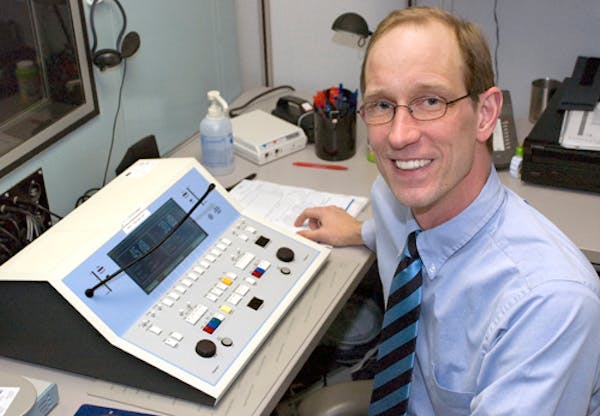Q: What's a typical workday like for you?
A: I see anywhere from 10 to 30 patients, whose conditions range from a simple sore throat to chest pain. Depending on their condition, I may communicate with our supervising physician. I advise patients to follow up with their primary care physician or to find one if they don't have one.
Q: How does your role fit into the bigger healthcare picture?
A: We see patients who can't get into their primary care provider when they're acutely ill or injured, particularly after hours. If it weren't for clinics like ours, those patients would end up in the emergency room with longer waits and higher costs to the healthcare system as a whole.
Q: Who do you interact with during the course of the day?
A: I interact with patients, my fellow physician assistants (PAs), supervising physicians and the medical staff, including nurses, medical assistants, lab personnel, radiology and front desk staff. We also interface frequently with outside emergency rooms, sending people out by ambulance and facilitating those transfers to the hospital.
Q: Why did you become a physician assistant?
A: I had wanted to be an Air Force pilot, but my career was sidelined by an isolated seizure, which sparked an interest in medicine. I became a massage therapist, but by the time I would have enrolled in medical school, I had two young children and med school seemed too burdensome to the family. I learned about the physician assistant profession through a newspaper article about Augsburg College's PA program. It seemed like the perfect fit for me.
Q: What do you like about your work?
A: I really enjoy working as a team. If there is something that I don't feel comfortable with, one of my PA colleagues or my supervising physician does. It's satisfying to have a relationship where you can learn from your colleagues and grow.

Minnesota Sports Hall of Fame: A class-by-class list of all members

This retired journalist changed professional wrestling from Mankato

